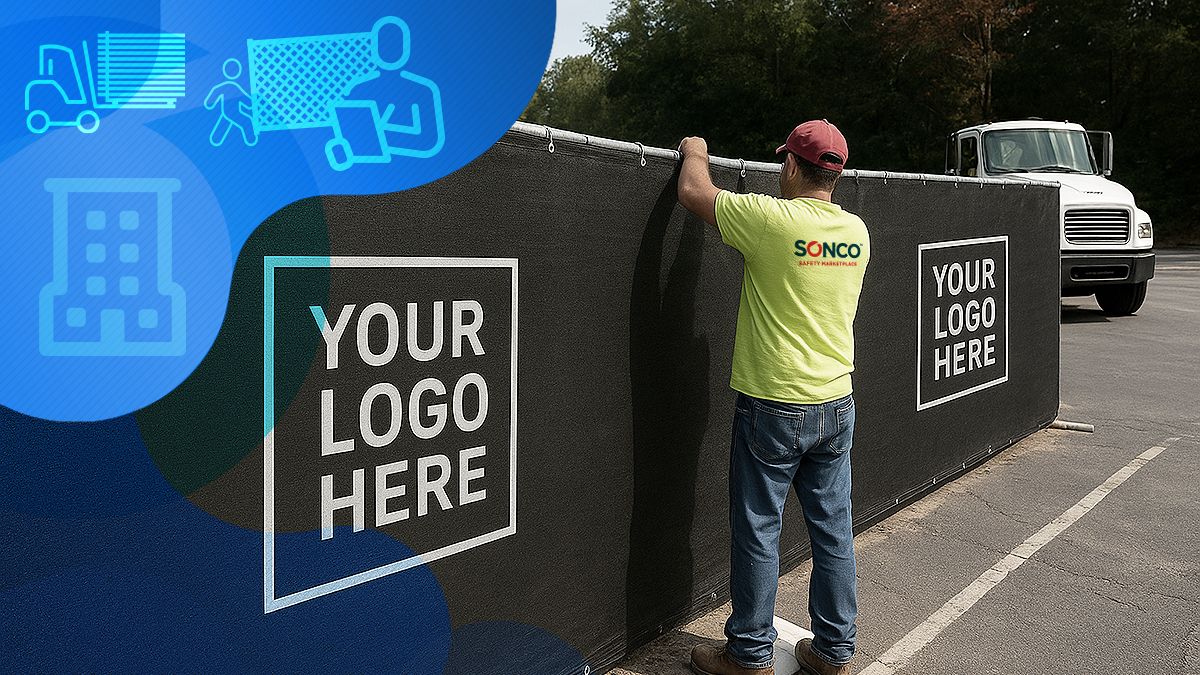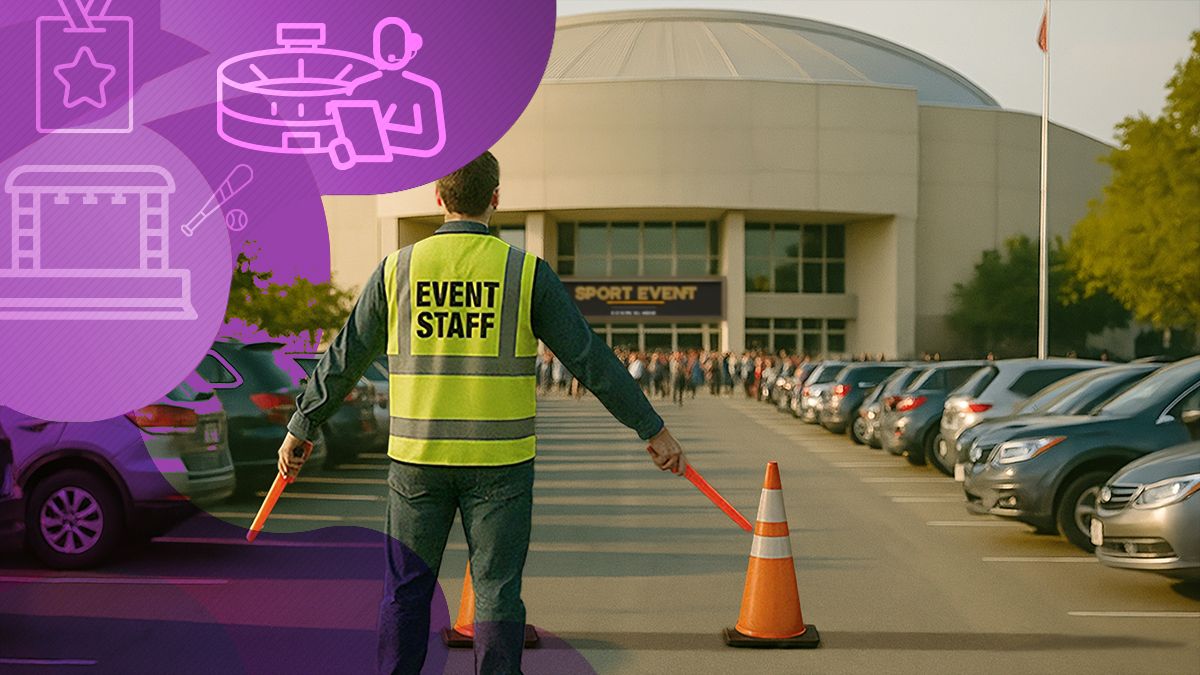What is a Schedule of Values in Construction
Did you know that only 30% of contractors complete their projects on time and within budget? Avoid construction chaos by using a well-structured Schedule of Values! An SOV ensures financial control, tracks progress, and keeps your project on schedule.

When someone says, "I love it when a plan comes together" about a construction job, you understand the sarcasm. What they are really saying is the project was plagued with delays, cost overruns, and contentious meetings.
Whether the project lacked a plan, or the plan wasn't followed, completing construction was a lucky happenstance. No contractor wants the stress that comes with an out-of-control job.
That's why construction projects should always have a schedule of values (SOV).
An SOV is a comprehensive list of each activity or task needed to complete a project's scope of work. A cost or value is associated with each SOV entry. When totaled, the sum should equal the contracted amount.
SOVs can serve as a management tool to help maintain financial control and project monitoring. They provide documentation and outline a payment schedule. SOVs are the foundation for the management of a construction project. For most multi-phase or multi-year contracts, an SOV is mandatory.
What Should Be Included in an SOV?
An SOV outlines the tasks and associated costs to complete the scope of work. It also includes start and end dates, completion percentages, and any retained amount.
Because of the details required in an SOV, many contractors use templates such as Consensus Docs or AIA Schedule of Values. The templates reduce the risk of omitting items and help develop a roadmap for project completion.
The SOV is used throughout the project to show completed work that was invoiced and work that is to be billed.
The following items should be included in SOVs.
- Project Information. This includes the project name, the project manager, and other pertinent contact information.
- Item Number. Each line item should have an identifying number. Numbers rather than names ensure that everyone is speaking about the same line item.
- Description. Stipulate the work to be done for each line item.
- Scheduled Value. The amount listed for each item should include direct and indirect costs, as this is the amount due when the task is complete.
- Start and End Dates. Each task should have a start and end date to help monitor progress and facilitate payment of completed work.
- Work Completed. This value represents the percentage of the total project that has been completed.
- Stored Materials. The cost of purchased but unused materials. This entry can facilitate payment of unused inventory to help with cash flow.
- Total Materials. The number is the value of stored materials plus the amount used in completed work.
- Percentage Complete. For in-progress tasks, the percentage of completion indicates the work that has been performed.
- Balance to Finish. The value indicates the balance of work remaining.
- Retainage. A percentage (5%-10%) of each task value is retained in case the contractor fails to complete the project.
Building a realistic SOV requires information from subcontractors and vendors. Predicting hourly wages and material costs for tasks scheduled a year out means factoring in a potential increase.


How is a Schedule of Values Used?
SOVs, like project plans, are living documents. They highlight variations from the plan and record how those variations were addressed. Contractors that keep SOVs current can use them for improved project management.
Progress Billing
Contractors on large construction projects cannot wait until the job is complete to receive payment. They need incremental payments to help with cash flow. SOVs allow contractors to bill based on their progress and enable owners to verify that the invoices are accurate.
Progress Tracking
SOVs help track project progress. By comparing what is in the SOV against what is actually complete, contractors and owners can proactively identify deviations that may threaten delivery schedules or budgets.
With sufficient time, contractors and owners can evaluate the progress to date and make adjustments as needed to remain on schedule and budget.
Cash Flow Management
Contractors and project owners can use an SOV to determine how much money will be available and when. Project owners use the SOV to determine when funds should be on hand to pay contractors.
Contractors can look at the SOV to manage their internal cash flow. Knowing the planned payment dates and approximate amounts helps all parties with their financial planning.
Resource Management
SOVs outline the resources needed for each project task. Contractors can identify the skills needed at each point in the construction. They can use that information to find works, equipment, and materials to ensure there are no delays. Allocating the right resources at the appropriate time keeps projects running on schedule.
SONCO can help contractors with resource management of safety and security equipment. When joining the SONCO Club, contractors can save on materials, by getting exclusive coupons and rebates.
Members of the SONCO Club can also work with a personal sales agent to establish delivery schedules that minimize the need for unpaid inventory. This helps contractors avoid tying up capital in inventory that isn't immediately needed for their projects.


Conflict Resolution
SOVs make conflict resolution less painful. They document a breakdown of the project scope, delivery schedule, and costs. They provide the transparency needed to resolve disagreements quickly and arrive at mutually acceptable solutions.
Change Order Management
Change orders are part of any construction project. With an updated SOV, all stakeholders have a structured framework to assess the impact on the project schedule and budget of any request.
Contractors can provide updated SOVs that show the impact of a change in scope. For example, material delays may force contractors to choose a different supplier, which can change pricing and delivery times. By incorporating the change order's impact into the SOV, everyone has a record of the change.
Cost Control
Controlling costs is a continuing challenge for contractors. Prices change, materials are unavailable, and wages increase. Trying to balance cost with performance without an SOV is almost impossible on large construction projects.
The SOV cost breakdown by task enables better progress tracking for faster responses to potential overruns.
By joining the SONCO Club, contractors and project managers can purchase products at discounted prices. Additionally, a portion of the amount spent will be credited back for use on future purchases.
This approach helps mitigate the impact of price fluctuations on the project.


How a Schedule of Values Delivers Better Outcomes
People focus on the "building" side of construction without looking at the financial hurdles that contractors often encounter.
Yet, everyone suffers if the project is not well-planned. For example, according to the National Construction Payment Report:
- 80% of construction companies spend a significant portion of their workweek chasing down payments.
- 70% say that poor job site coordination causes project overruns and missed deadlines.
- 50% of contractors are paid within 30 days of invoicing, 15% within 60 days, and 35% over 60 days.
- Only 30% of contractors say their projects are completed on time and within budget.
Creating a schedule of values that is shared with all stakeholders provides a level of transparency and accountability that can minimize conflicts and ensure prompt payment.
How the SONCO Club can help deliver a Better Outcome
Being a member of the SONCO Club can lead to better outcomes by offering cost-saving benefits on many construction supplies, including temporary fences, fence screens, mandatory signage, personal protective equipment, and traffic safety supplies.
Project managers can streamline their purchasing process, obtaining many supplies in a single transaction while enjoying discounts, coupons, rebates, and other perks.
They can also benefit from expedited delivery available anywhere in the US. This means they won't have to buy inventory that will sit idle for weeks, freeing up resources to invest in other areas of the project that need more immediate attention.
The SONCO Club is free to join, and new members get 10% off their first purchase with the coupon code CLUB10. This discount is particularly beneficial when buying products in bulk for large construction projects.
Club members can also access curated information to help construction professionals succeed, such as the recent article on how to start a successful construction company.
Trend now

Fence Privacy Screen: The Missed Revenue for Rental Companies
Grow profits by over 100% with fence privacy screens. See the numbers, customer benefits, and how SONCO makes it simple.

Greener Shows, Greater Impact: Sustainability in the Live Music Industry
In a competitive market where experience and perception impacts attendance, sustainability is a business advantage as well as a moral responsibility.

Parking Lot Safety Tips for Venues and Arenas
A safe and efficient parking lot sets the tone for the entire event experience, starting from the moment guests arrive.





